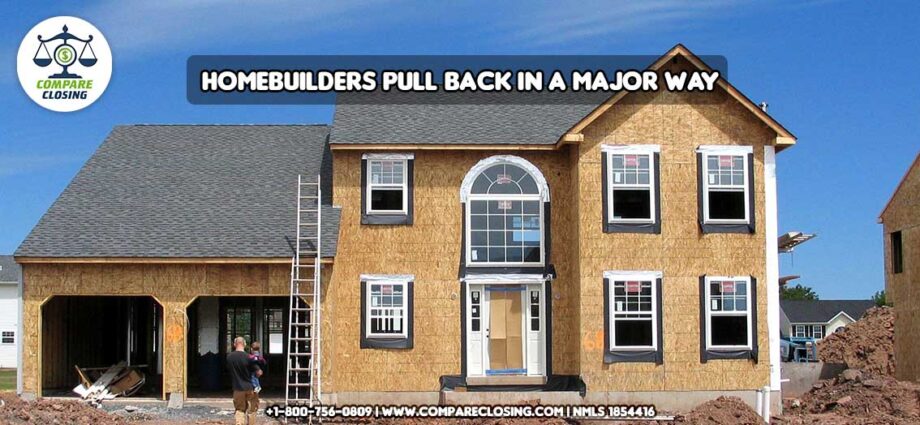Warning: Undefined variable $custom_content in /home4/comcompare/public_html/mortgagenews/wp-content/plugins/code-snippets/php/snippet-ops.php(582) : eval()'d code on line 10
Single-family home builders are retreating rapidly. The overall decline in housing starts continued in November, falling 0.5% from October to a seasonally adjusted annual rate of 1.427 million units, according to a US report and Census Bureau and US Department of Housing and Urban Development on Tuesday.
Annual housing starts fell 16.4% year-on-year in November, reflecting continued declines in homebuilder confidence and subdued sales activity.
Homebuilding continued to decline in November despite cooling inflation and lower mortgage rates, Zillow economist Nicole Bachaud said in a statement.
Although borrowing costs are lower than they were a month ago, affordability remains the main issue keeping many potential home buyers out of the housing market.
A sharp decline in single-family housing starts was the main reason for the slowdown in overall housing construction.
The single-family home sector fell 4.1% month-over-month and 32.1% year-over-year to 828,000 units in November.
The multifamily sector, on the other hand, had a strong month with a 4.8% month-over-month and 24.5% year-over-year increase to 584,000 units.
Regionally, housing starts fell month-over-month in the Northeast (-18.6%) and Midwest (-16.5%) but rose 0.1% in the South and 8.3% in the West.
Every year, housing starts fell in all four regions, with the Northeast seeing the largest annual decline of 27.2 percent.
Although housing starts remained steady across the country, the number of building permits issued to home builders experienced one of the largest monthly declines in a decade. The number of building permits decreased by 11.2% monthly, and by 22.4% compared to the previous year to 1.342 million.
In November, the decrease was driven by sharp declines in both the single-family and multi-family sectors, with single-family homes down 29.7% and multi-family homes down 10.7% year-over-year, up 781,000 and 509,000, respectively.
It’s not easy for builders to balance the short-term decline in demand with the long-term demand for more housing across the country, but that appears to be the problem, said Neda Nawab, Compass’ president of U.S. regional operations. , the statement said.
A more logical strategy would be to reduce the number of short-term start-ups and keep the long-term licensing pipeline as open as possible.
Instead, house builders have gone the opposite way – clearing out homes that were afforded but leaving tomorrow’s cupboards empty – in a country still reeling from a decade of anemia, following the 2008 housing crash. This is not a good sign.
Nawab also mentioned that while a home can take just a few months to complete once construction begins, in many areas the approval process before actual construction is an extremely complex and expensive process that can take years to complete.
Obtaining a permit today can allow many builders to start work tomorrow when conditions are more favorable.
Any reasonable policy improvements aimed at making the licensing process smoother are welcome.
On the positive side, homebuilders were up 10.8% quarter-over-quarter and 6.0% year-over-year, and the single-family sector reported a 9.9% year-over-year increase to 1.047 million units. However, the apartment building sector fell by 3.2% year-on-year to 430,000 units.
According to Bachaud, the home-building activity of recent months is finally paying off as home completions increased in November, particularly single-family completions, helping boost a market that has seen low inventory this winter.
First American Deputy Chief Economist Odette Cushi said the housing market remains structurally undersupplied, but we are at a point in the housing cycle where demand is falling sharply and inventory is likely to increase as homes stay on the market longer. More new home completions will benefit the market in the long run.
Reference Source: Housing Wire


